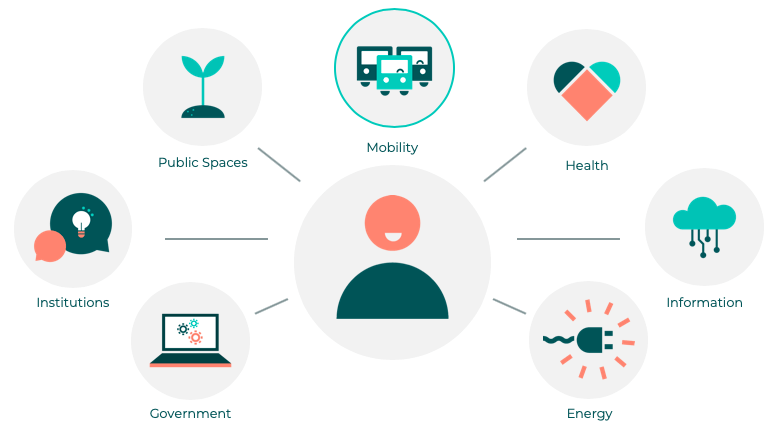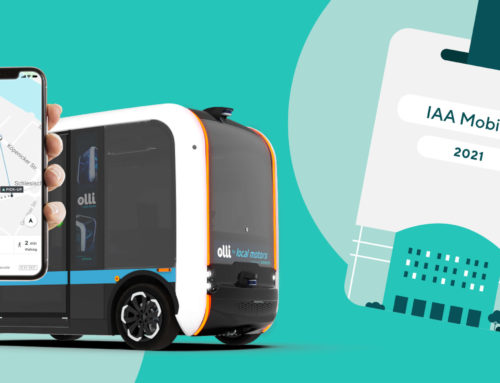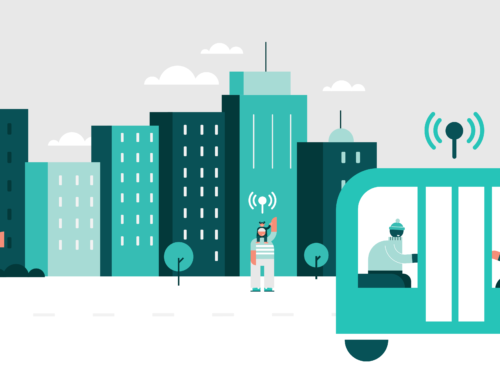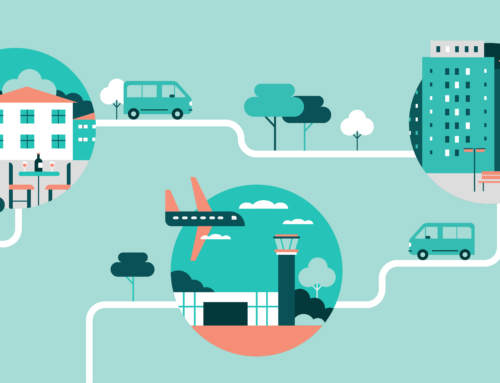door2door was very happy with the outcomes of MOVE. The event provided an opportunity for industry players to exchange experiences, thoughts and strategies in a European setting and discuss the challenges and solutions of the new mobility market. A talk held by our Co-CEO and Founder, Tom Kirschbaum, greatly appealed to the audience and led to fruitful and engaging follow-up conversations at our booth.
Here are our two main takeaways from MOVE:
1. A growing market with growing opportunities
The amassed presence of investors, banks, consultants and international organizations at MOVE proves increasing interest in the new mobility sector, underlining the market’s huge growth potential. In the same regard, more and more industry players presented new mobility solutions as part of their product diversification plan. For example, the presence of railway companies and other long-distance mobility players interested in entering the on-demand mobility space, confirms they perceive the growing market as an opportunity. The popularity of the ridepooling market is a signal that the industry is shifting altogether — beyond just a few startups. At door2door, we see this as an affirmation of momentum leading to real improvements at a fast pace.
2. Mobility is not up for disruption but transformation
In the digital age, it is tempting to develop innovative and user-friendly mobility services, throw them on the market and use the competitive edge to attract young city-dwellers. However, such products do not provide the sustainable mobility solution sought by urban planners. Understanding this, many technology companies at MOVE mentioned the importance of public and private players working more closely together. At door2door, we appreciate the industry taking steps in the right direction. However, door2door takes a much more structural viewpoint. We know that only a holistic approach to organizing new mobility is going to bring long-lasting improvements which society wants and deserves. This approach as communicated by Tom Kirschbaum on the Business Model stage was well-received, and we were glad to see high attendance despite the advanced hour of the day.
Tom stated that disruption was not the way forward when dealing with important infrastructural changes. He explained that using technology to build sustainable mobility requires a transformative process involving all stakeholders and making sure that the seeds we plant today will grow into a mobility system which will work for generations to come. This is why digital mobility services should be integrated within existing public transport systems and not try to establish something completely new from the outside. To this end, we work with local stakeholders to keep mobility gains and profits within the local region. He stated that integration of many different entities was needed as well as alignment of different interests, as mobility goes far beyond just the transport service itself. For example, a charging infrastructure for electric vehicles will need to be put in place, data needs to be managed by a centralized entity and digital mobility service models need to be made available to the entire public. This will play a key part in improving freedom of movement, access to health, jobs and recreational activities for all citizens. In the end, conflicting interests need to be resolved — such as rapid urbanization and growth versus supply and sustainability.

“Mobility” is a public infrastructure game
Being at the epicentre of mobility change, door2door encourages cities to start acting and actually initiating this transformation. Cities should optimize existing infrastructure and services, use intermodal platforms to facilitate access to transportation and improve traffic flows. They should encourage a mobility system that matches their sustainability policy — one that aims to reduce traffic and emissions while freeing up valuable living space. With better public transport in place, cities can ban private cars from the city centre. We also encourage cities to find technology companies to partner with for the long-term; companies which support their needs and goals, e.g. by helping them introduce their own shared mobility services complementing the classic public transport network. We encourage cities to apply data-driven decision making to address growing passenger needs. And in order to maintain their leading role in the future, cities will also need to manage the electric and autonomous transformation of mobility.

The 3 dimensions cities will push for
About MOVE 2020
MOVE 2020 — mobility re-imagined – took place on February 11 and 12 at ExCel in London. Two full days at MOVE were all about changing the way the world moves, bringing together stakeholders across all modes and disciplines, creating insights and promoting collaboration to drive the future of transport. The agenda offered a comprehensive and cross-disciplinary experience on nine key elements of mobility: Auto Futures to Autonomous Vehicles, Business Models, Cycling & New Mobility, Energy and Charging, Infrastructure & Connectivity, Smart Cities, Tech Data & Innovation and Urban Supply Chain.



